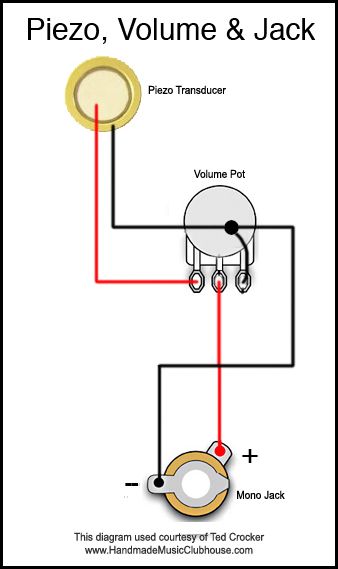Here is the closest I can get to ELI5 ("explain like I'm 5"). We are going to ignore things like AC voltage and current because they are not necessary to explain these controls. I'm also ignoring the resistance calculations of the voltage-divider circuits for a more high-level explanation. I made a few diagrams, with some help from royalty-free vector images for the PU and knob.
Just remember...voltage always heads toward Ground. It's so important, I'm making it a proper noun. No Ground, no work-y. For these exmaples, we assume the guitar is always connected to an amp with a traditional cable.
Without any controls... the PU is hardwired to the amp, all the signal goes to the amp to find Ground.
Electricity always takes the path of least resistance. If we were to short the pickup HOT to Ground within the guitar, all the signal would dump to ground.
But if we add some resistance, in this case a 500K resistor, most of the signal decides it's easier to head to amp and find a easier path to Ground. Yet, notice some signal does bleed through to Ground. Smaller resistors let more signal bleed to Ground, larger ones let less bleed through.
If we replace that fixed resistor with a variable resistor (our Volume pot), we can control how much signal goes to the amp and how much goes to Ground.
At "10", we have maximum resistance to Ground...
As we turn the Volume pot down, we decrease resistance to Ground...
Until we short the entire signal to Ground...
Some notes...
Note that Volume pots have one input and TWO outputs...one Hot, one Ground. In the real world, one lug is usually soldered to the back of the pot and connected to Ground. Unlike the rest of the images here, I did not create this one, but it has its credit on the image, so I'll borrow it.
The pot value controls how much signal goes to the amp and how much goes to Ground when the knob set to "10." But there is a side-effect, the high-end treble. Selecting the right pot is all about tuning the control and tone to taste.
- Large pots, like 1M or 2M, will send a hotter and brighter signal to the amp
- Small pots, like the 250K used by Fender, send a weaker signal to the amp, but can tame the excessive treble of the single coil PUs
I have to get back to the day job, so I'll leave this open for questions and add an explanation for Tone controls later.
















